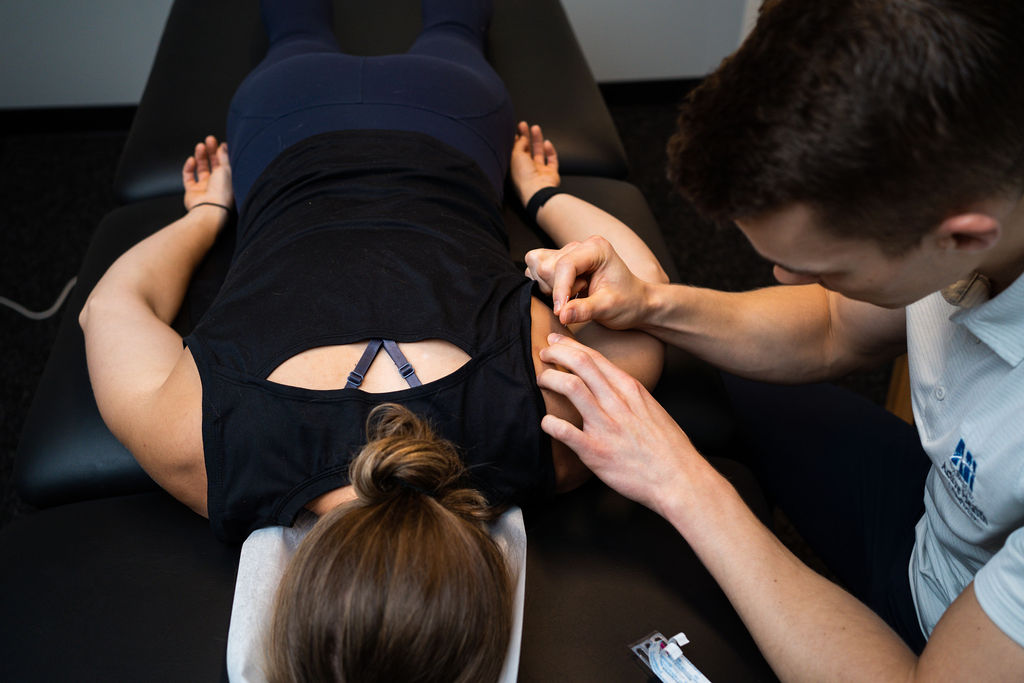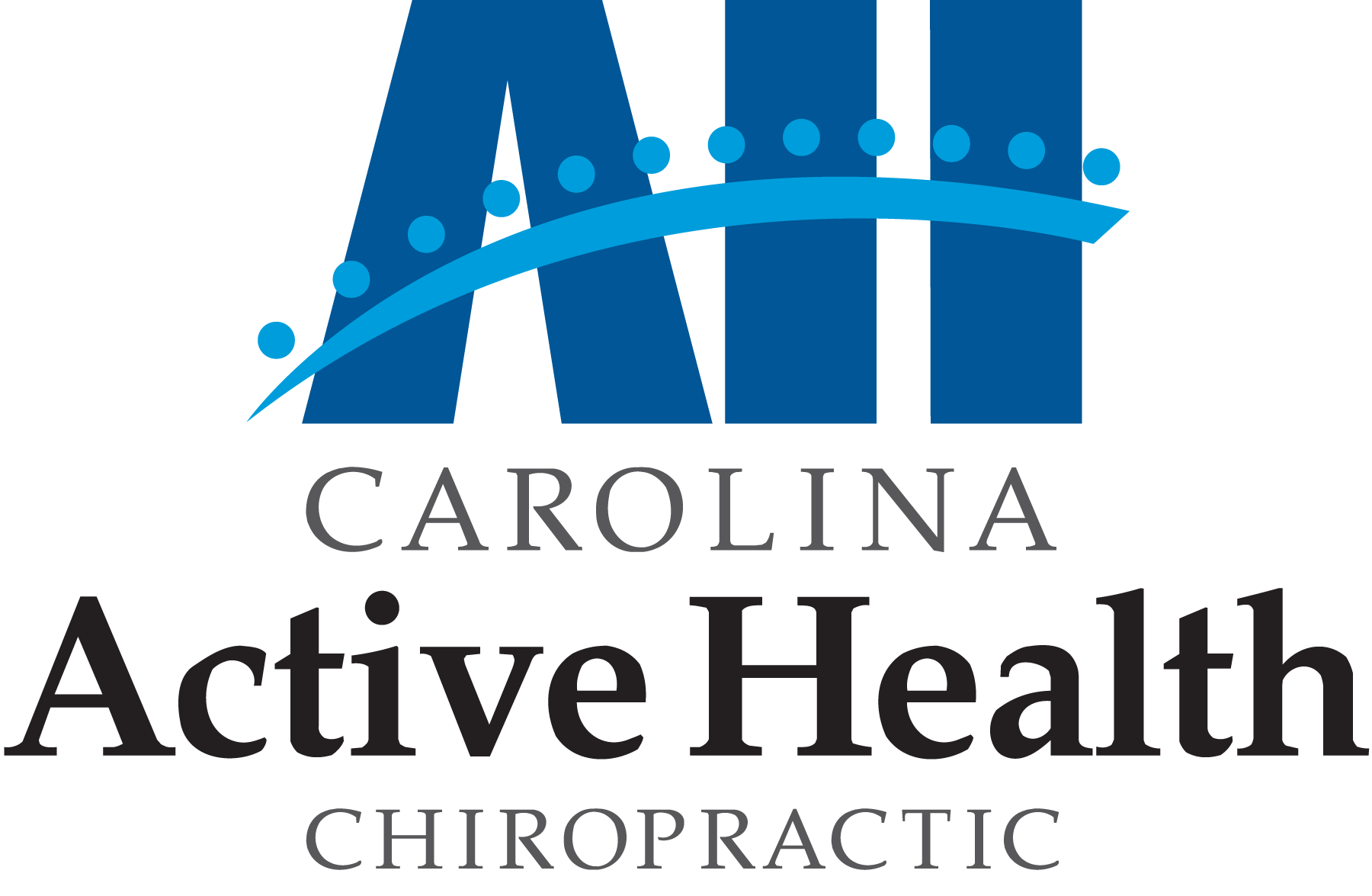DRY NEEDLING
Dry Needling is a musculoskeletal treatment in which a small, solid needle is placed inside connective tissue (muscle, fascia). This therapeutic procedure is popular among healthcare providers and has unique benefits for certain patients.
WHAT IS IT USED FOR?
The inserted needle(s) addresses several possible connective tissue problems, the most notable of which is the “myofascial trigger point.”
A myofascial trigger point is a hyper-contracted and hyper-excitable tissue (known as a “knot”). This area is often tight and sensitive to the touch. A clinician trained in Dry Needling will attempt to hit the trigger point with a needle at the depths where it may be located. Contacting the trigger point elicits a local “twitch response”, in which the muscle in question contracts slightly as the area relaxes around the inserted needle.
The micro-trauma from inserting several needles into the inflamed area can also help accelerate the musculoskeletal inflammation and have an analgesic (pain-relieving) effect.
HOW CAN DRY NEEDLING HELP?
There are numerous conditions that dry needling can be used for. Most commonly, we use it for:

IS DRY NEEDLING DIFFERENT THAN ACUPUNCTURE?
Dry needling is a distinct and separate procedure from that of acupuncture. Acupuncture is based on traditional Chinese Medicine and its system of meridians. Conversely, dry needling was developed in an attempt to treat specific musculoskeletal conditions. The two therapeutic methods also use different needle insertion depths. In Dry Needling, needles are placed at the desired depth of the tissue to be treated. This means some structures require up to three inches of needle depth to reach the target tissue.
Dr. Nelson has been seeing me for many years and has played a big role in keeping my professional running career running smoothly! I have worked with him since I was in college, and he does excellent and thorough work and really cares about every patient he sees!
IS DRY NEEDLING USED WITH ELECTRICAL STIMULATION?
Dry needling is often combined with electrical stimulation. The electrical stimulation can be adjusted to different frequencies and intensities depending on the desired treatment goal. While higher frequencies help with pain, lower frequencies support muscle reeducation.
WHAT SHOULD I EXPECT DURING TREATMENT?
The procedure is relatively painless for many patients, depending on the target region. Patients rarely bleed after removal because the needles used are considerably smaller than those used for an injection or blood draw. After treatment, some residual soreness is possible and slight bruising can occur (but is not common). If soreness is present, it should be alleviated within 24 hours, followed by improved local tissue function or symptoms.

